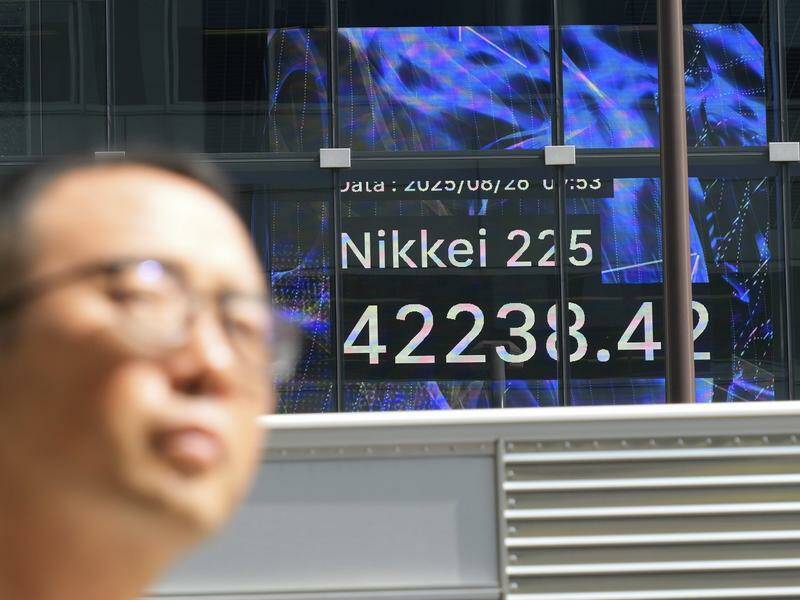The US dollar experienced a recovery on Wednesday despite ongoing concerns regarding the independence of the Federal Reserve. Simultaneously, European stock markets edged higher following a sharp decline the previous day, with investor attention shifting towards earnings from AI leader Nvidia.
Tensions surrounding the Federal Reserve escalated as a lawyer for Federal Reserve Governor Lisa Cook announced plans to file a lawsuit against President Donald Trump for his attempt to dismiss her. This move has raised questions about the central bank’s autonomy, impacting investor sentiment. Despite these concerns, the dollar was up by 0.3 percent against a basket of currencies by midday in London.
According to Justin Onuekwusi, Chief Investment Officer at St James’s Place, the markets are currently focused on the potential implications of a less independent central bank. “While Cook has maintained a dovish stance overall, the rhetoric regarding Fed independence presents a risk to policy effectiveness,” Onuekwusi stated. He noted that despite these concerns, market reactions have shown a degree of complacency towards the risks associated with Fed policymaking.
The two-year US Treasury yield dropped to its lowest level since May, at 3.645 percent, reflecting shifting interest rate expectations. In contrast, the yield on the 30-year bond increased by two basis points to 4.93 percent, resulting in a widening yield curve gap between the two and 30-year yields to approximately 128 basis points, its widest since early 2022.
Trump’s ongoing criticism of Fed Chair Jerome Powell and other policymakers for not reducing interest rates has further complicated the landscape. Analysts interpreted Powell’s remarks at the recent Jackson Hole symposium as a signal that rate cuts could be forthcoming. As a result, investors are increasingly pricing in an 84 percent chance of a rate cut in September, anticipating over 100 basis points of easing by June 2026.
In Europe, the STOXX 600 index was trading 0.2 percent higher after nearly a 1 percent drop on the previous day. The downturn was partly attributed to French Prime Minister Francois Bayrou‘s failed attempt to garner support for his unpopular debt-reduction plan, which has raised concerns about potential government instability in France. Analysts, including Gilles Moec, Chief Economist at AXA, emphasized the importance of achieving a budget by year-end to avoid further market turmoil.
The euro and British pound both fell against a strengthening dollar, with the euro dipping to USD 1.1574, its lowest level since August 6. US stock futures showed a modest increase of approximately 0.1 percent, as anticipation builds around Nvidia’s earnings report later in the day. Nvidia, which reached a market capitalization of over USD 4 trillion in July, has become a focal point for investors betting on the future of AI infrastructure.
Data indicates that options traders are preparing for a potential USD 260 billion fluctuation in Nvidia’s market value following its earnings announcement, particularly regarding its business operations in China amid ongoing trade tensions. The outcome of tariff negotiations between the US and China remains critical for Nvidia, which has been navigating challenges due to the ongoing trade war.
In Asia, Japan’s long-dated government bond yields reached new all-time highs following a disappointing outcome in the Bank of Japan‘s recent debt purchasing operations. Meanwhile, in the commodities market, spot gold prices fell by 0.5 percent after reaching a two-week high in the previous session. Oil prices showed slight increases, with market participants closely monitoring developments in the war in Ukraine and potential new tariffs on India, the world’s third-largest crude consumer. Brent crude and West Texas Intermediate futures both saw gains of around 20 cents, trading at USD 67.43 and USD 63.47, respectively.
Overall, the combination of Federal Reserve concerns, European stability, and technology earnings will continue to shape market dynamics in the coming days.





























































